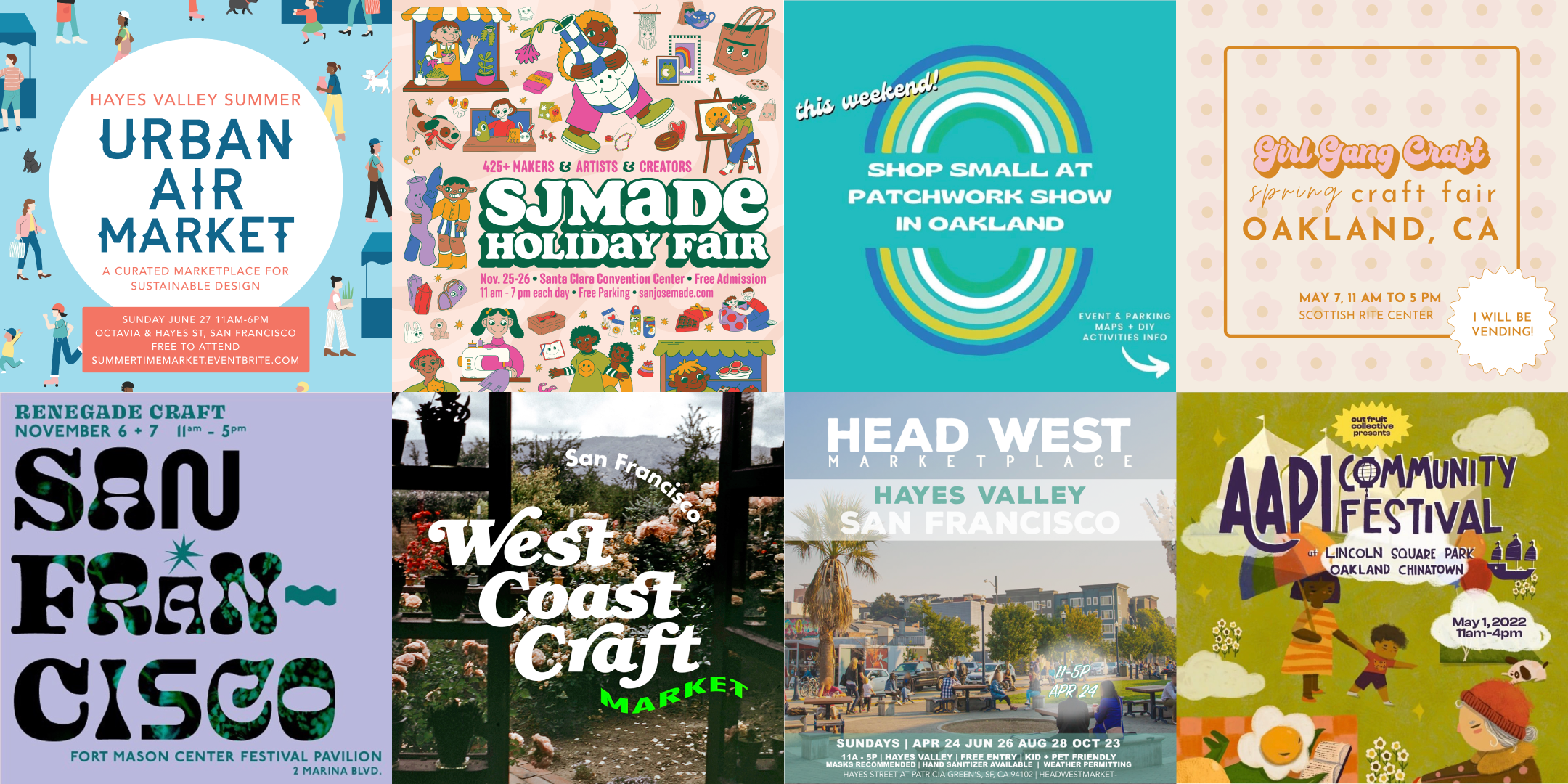
How to Choose Which Craft Fairs to Sell At
There are a lot of opportunities out there to show and sell your goods, but a limited amount of time and energy can be spent on them. These are the factors I take into consideration when deciding to apply or vend at a certain market or event.
1. Location location location
The first thing I consider when deciding to apply for an event is where the event is located. From the city it’s in, to the neighborhood, to the particular block it’s on, to the building it’s in or next to, all these factors can play a big role in the success of an event. I prefer to go to events that are located in areas well known for having highly attended events, such as Fort Mason in San Francisco, or street with a lot of natural foot traffic like Valencia Street or Clement Street. Events in secluded or indoor areas that require attendees to know about the event and specifically go to that location for that event will make me consider more heavily the organizer and how well known the event is.
2. Who is organizing the event?
In the Bay Area, I am lucky to have several options a month for events held by various organizations. Things I take into consideration are how well known the organization and their events are, if the organizers publicize the events well, how experienced the organizers are, and, if I’ve worked with them in the past, how I feel vendors/applicants are treated. If I haven’t worked with them in the past, I will ask within my network or simply approach a vendor at one of the events to inquire about their experience. Some organizers I trust to run events well, so it is simple for me to decide to apply. Other organizers maybe haven’t been the most communicative or helpful in the past, so I weigh how much I could benefit from the event against how much grief dealing with the organizers will cause me.
3. Fees (How much you pay vs. what you might earn)
Booth fees for craft fairs can range from $0 to $500 or more. While a free or $25 event may sound enticing, I like to weigh how much the event costs against what I feel like I may gain. At minimum, I want to make my booth fee back, but with all the time and effort that goes into doing these shows, I set my bar a bit higher than that. I once learned that a vendor measured her success at shows by how many times the booth fee she made back. For example, if an event were $200, I would hope to make at least 4-5 times the booth fee back. Of course, if the event is $25, I could expect to make only $100, but at this point in my business, I wouldn’t do an event for just $75 profit.
Mostly, I like to judge how much the fee is by how much I think I’m getting out of it. Are the organizers using the booth fees toward making a good event? Is parking or equipment included? How big is the event? How many people are expected to attend? How much money might these attendees have to spend (i.e. kids vs adults)?
4. Time
Time is almost as important as location for shopping events. You can probably guess that November and December are the highest shopping months of the year because of the holiday season. In return, January is a slow shopping month so you might not want to do any events that month. If you sell to a particular niche, you might do better at events near related times of year, such as back to school, mother’s day, or halloween. Other events going on at the same time may also influence how well-attended your event may be.
Also take into consideration seasons/weather and if the event is indoors and outdoors. Foot traffic may be slower at an outdoor location in the winter. Something I learned recently was to double-check the time of day of the event. I did an event that was outdoors from 2pm to 7pm. The street was the busiest from 12-3 and the sunset at 5, so the event really wasn’t at the optimal time. (You can read the recap for that event here). Also, take into consideration how long an event is. Perhaps a 3-day event is simply too exhausting, or a $100 fee for a 1-hour event doesn’t seem fair. Time is often an undervalued resource so make sure that you’re spending yours the way you want to be!
5. How often is this event?
How frequently an event is held is also another delicate balance to strike. One that occurs multiple times per year means more opportunities to sell if you do well at them. Once a year events build up a lot of hype and people get excited to attend. Weekly events like farmers markets have regular crowds, but I have found that because people have this expectation that the event and vendors will always be there, there’s no urgency to visit on any particular day. I’ve also heard that some events that occur monthly during the summer, for example, will have a higher attendance at the first few events while the event is exciting and novel and lower as summer goes on and it becomes repetitive.
6. Customer expectations
What kind of customers can you expect at the event? And what are customers expecting from the event? I’ve found the most success so far at events geared toward people in their 20s and 30s, especially if the event is Asian-themed or in a highly Asian populated area, because a lot of my products cater to that specific audience. I’ve learned that I do not do well at events in shopping malls because the attendees there are generally looking for cheap deals on generic goods. They’re not looking to spend a premium on handmade art when they roll past me on their way to H&M.
Community events with entertainment can be tricky. While the entertainment will surely attract people to attend, think about if they will also expect to be visiting shopping booths and spending money. A kids event at a middle school might not have a lot of people looking to buy $50 planters. Attendees at a music festival may not be willing to buy hand-knit pillows to carry around with them.
Personally, I have had the best sales at craft fairs that are dedicated to independent makers. The attendees are intentionally going there to shop and know that they are going to be spending a certain price point for handmade goods. I have yet to do one of those bigger events that have a lot of shopping and food stalls––I’ll update you with my opinion on those when I do.
7. What is the event itself going to be like?
Go scope out an event yourself before you apply if you can. Talk to other vendors about their experiences. See if the crowd looks like they’re in your target audience. Observe other vendors and their products and see how you would fit among them. For example, if most of the price points are below $30, the audience may not be in the market for your products that start at $100. A floral soap maker may not do well at an anime convention. Or maybe the other brands seem really similar to your product and the competition could be too steep. And of course, most of all, are people actually attending this event?
In the end, you may never know how you will do at an event until you try. Unless I get really bad vibes from an event or organizer, I am willing to give most events a go, especially if they are held regularly or annually. Then, I’ll know for sure what it’s like and can make more informed decisions in the future. Some events I do just because I think being they would be fun, and I make having fun the goal over earning money. In-person opportunities are currently my highest source of income while I try to build more awareness for my online store. Especially now that I am trying not to focus so much energy on social media marketing, these in-person events are a surefire way to get my name out there and let new people discover my brand.
Not sure how to start selling at craft fairs? Check out my beginner's guide with 4 essential tips.
Thanks for reading!
If you liked this post, you can support me by:
👩🏻🎨 Checking out my art on Instagram @madebychanamon
🧋 Giving a tip on BuyMeACoffee
👩🏻💻 Visiting my website www.chanamon.com
💌 Sharing this post with your friends and fellow makers
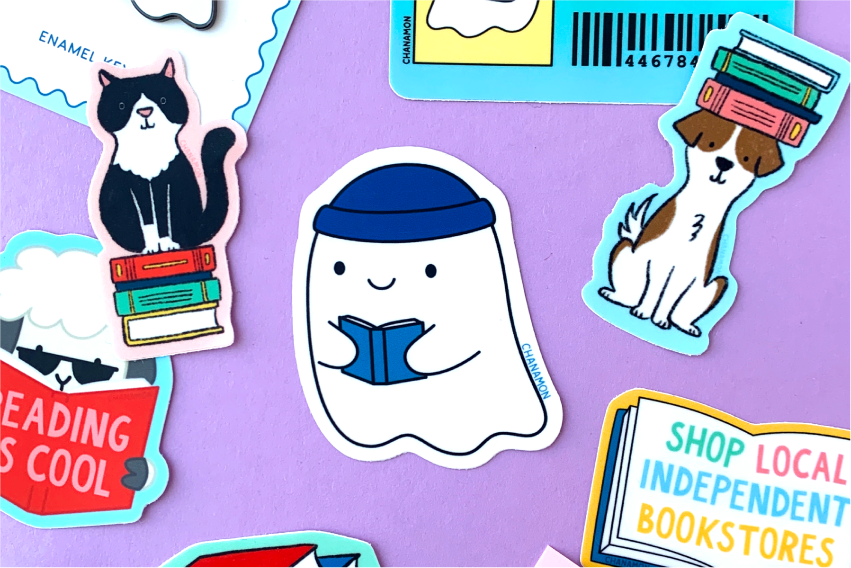
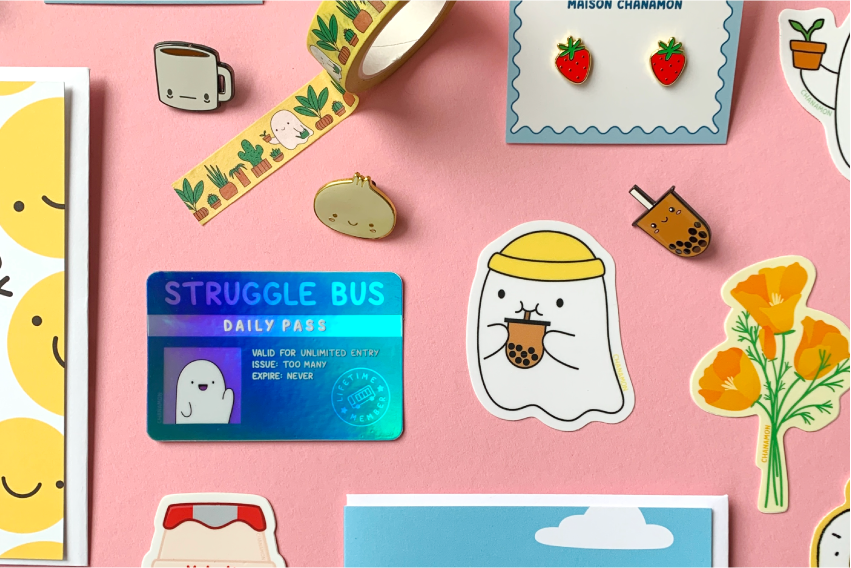

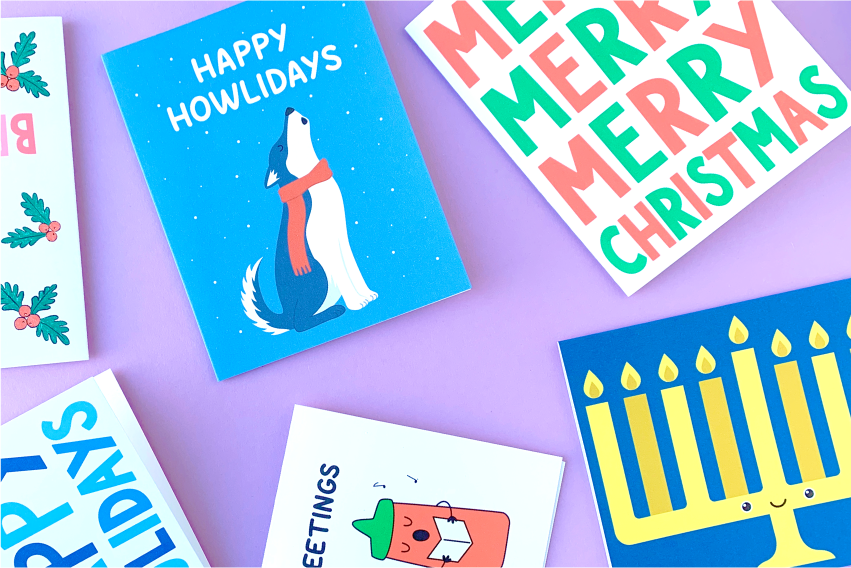
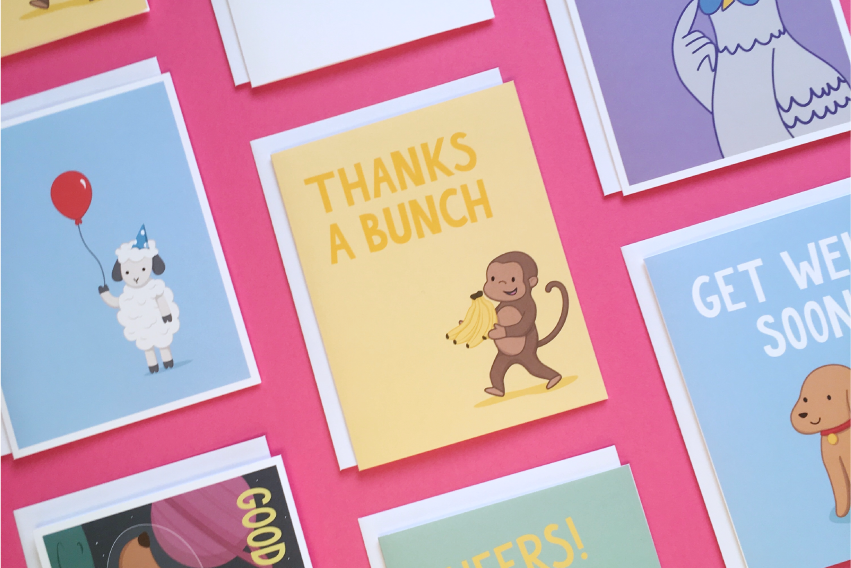
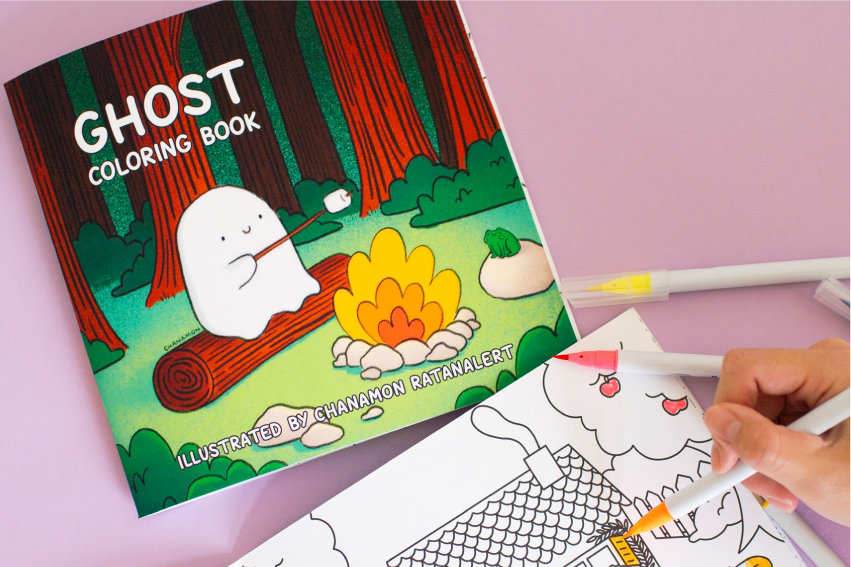

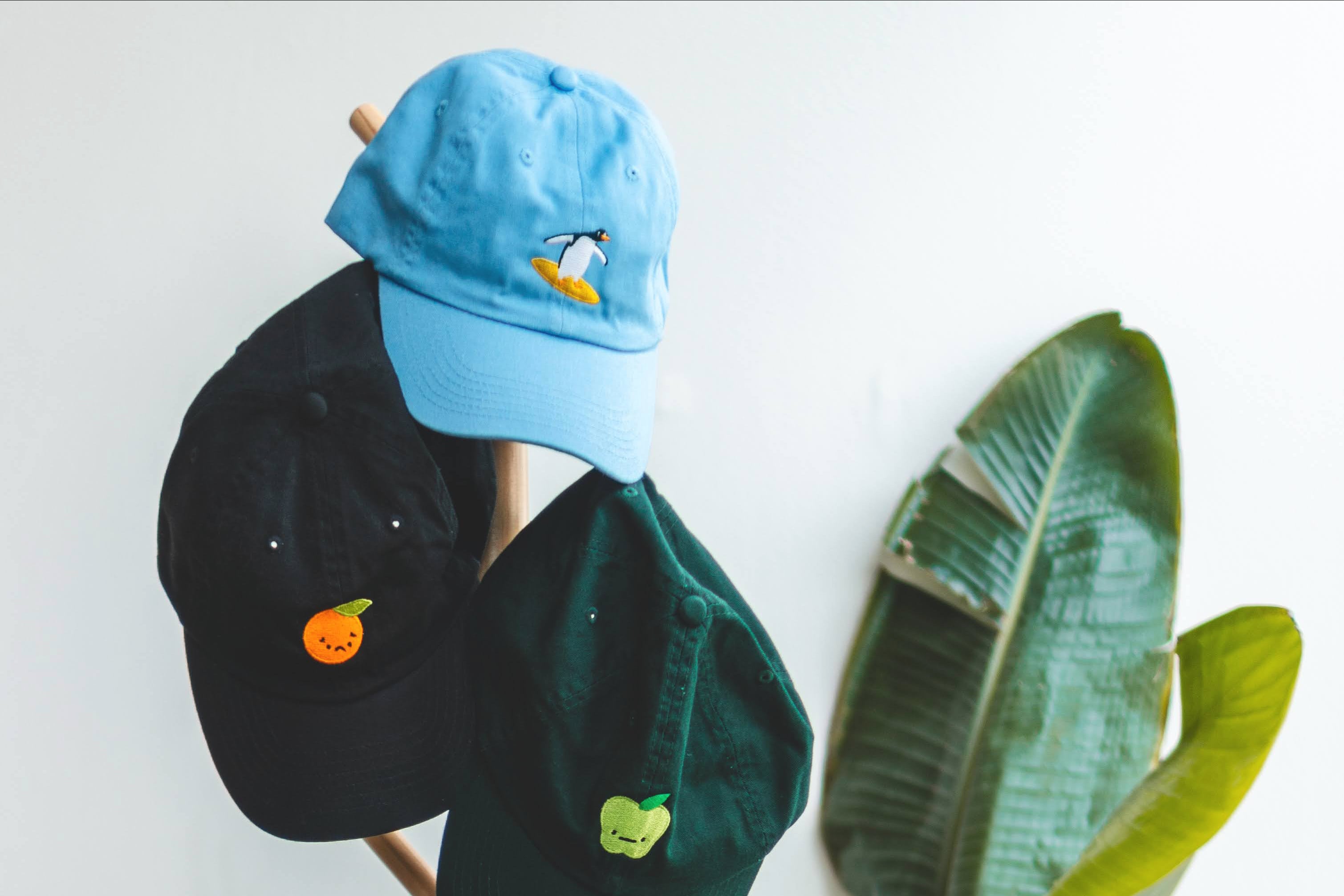
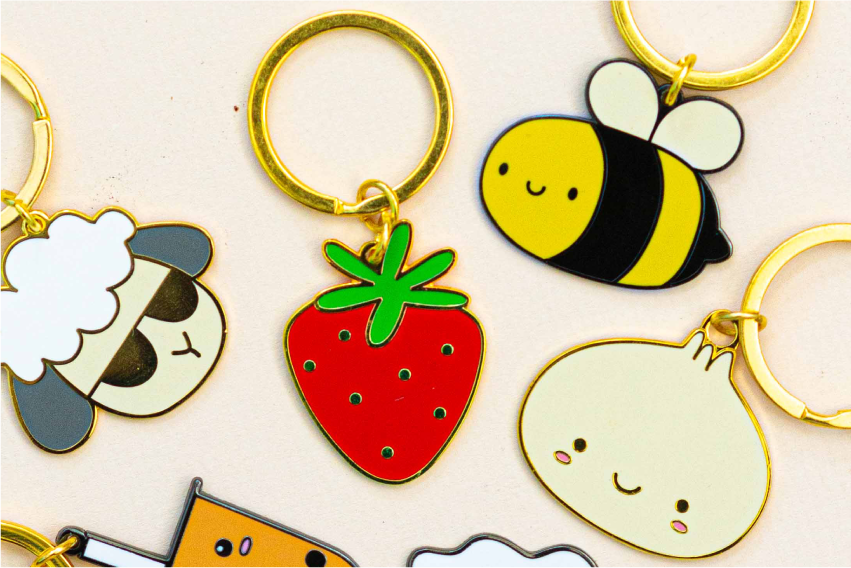
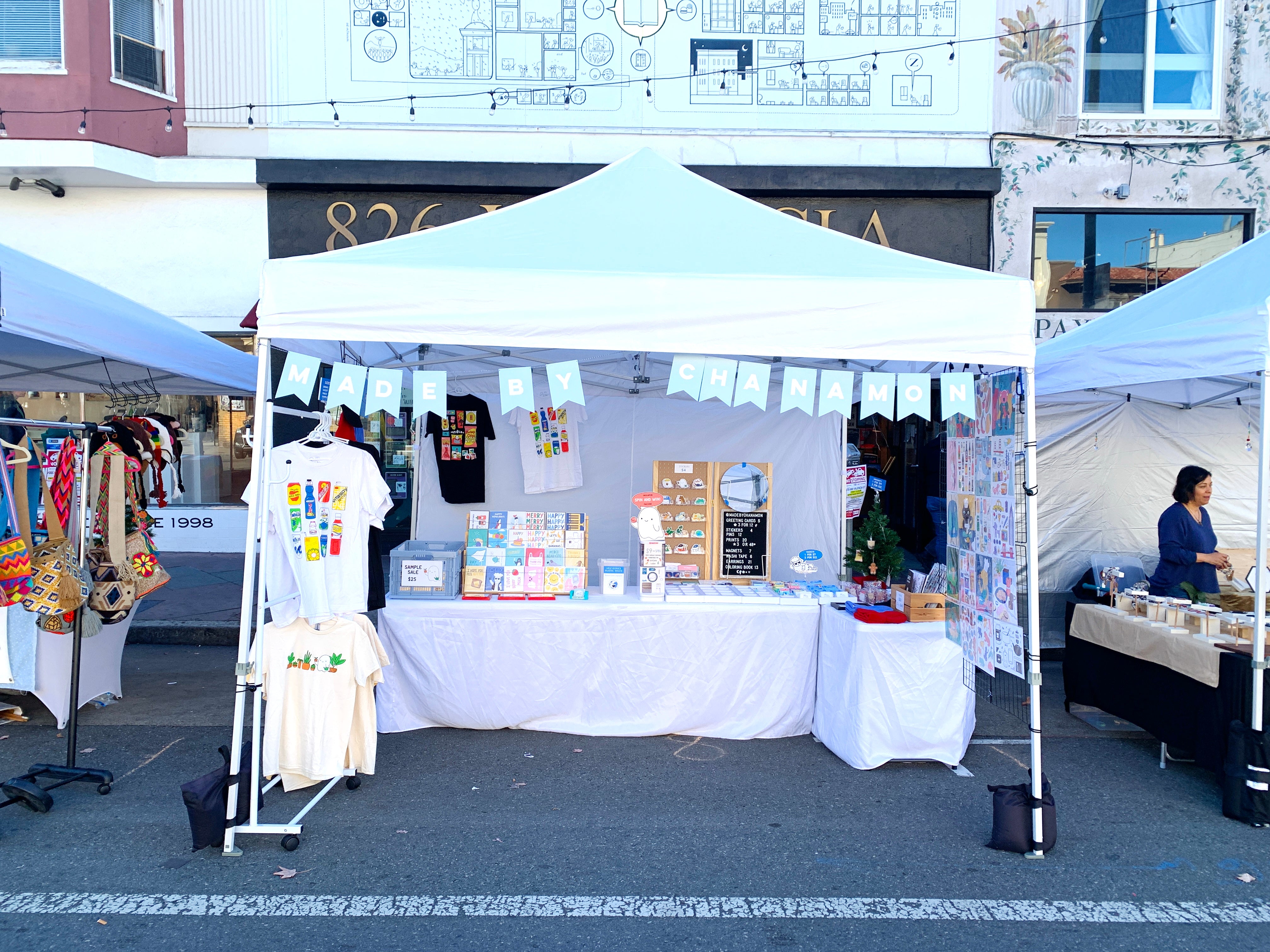

Leave a comment
This site is protected by hCaptcha and the hCaptcha Privacy Policy and Terms of Service apply.